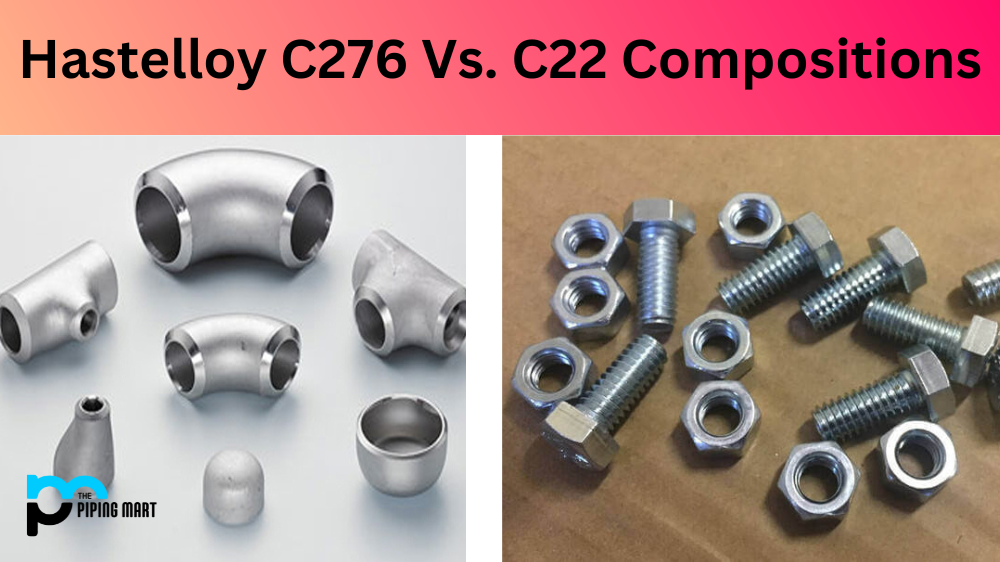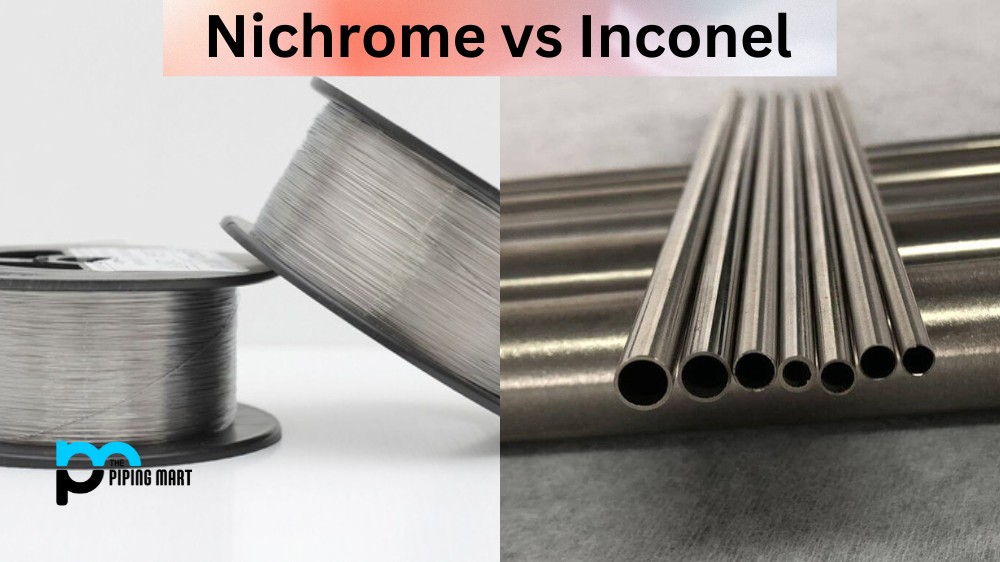Hastelloy is a type of nickel-based alloy that is popular in applications requiring corrosion resistance. There are several grades of Hastelloy, including C276 and C22. These two alloys are often compared due to their similar characteristics, but they have some key differences in composition, which make them suitable for different applications.
Hastelloy C276 vs. C22 Composition
Hastelloy C276 contains nickel, molybdenum, chromium, tungsten, iron, cobalt, manganese, and vanadium. This combination of elements gives it excellent corrosion resistance to a wide range of acids and other corrosive chemicals, even at high temperatures. It also has good formability and weldability properties.
On the other hand, Hastelloy C22 contains nickel, chromium, molybdenum, and tungsten with trace amounts of iron and cobalt. Its composition gives it strong resistance to pitting and crevice corrosion, as well as stress corrosion and cracking. It also has better oxidation resistance than other nickel-based alloys at elevated temperatures up to 1200°F (649°C).
Applications for Both Alloys
Due to its unique combination of properties, Hastelloy C276 is used in a wide range of industries, such as chemical processing plants, oil refineries, and paper mills. It is also used in components exposed to seawater, such as valves, pumps, and propellers. In addition, it is commonly used in pharmaceutical equipment such as heat exchangers due to its ability to resist biofouling from bacteria or algae growths on surfaces.
Hastelloy C22 is primarily used in chemical process plants since it offers better corrosion resistance than most stainless steel alloys when exposed to oxidizing media such as sulfuric acid or hydrochloric acid solution. It can also be found in medical implants due to its biocompatibility properties which allow it to be safely implanted inside the human body without triggering an immune response or causing any other adverse reactions. Furthermore, it is often seen in petrochemical machinery components since it can withstand exposure to both high-temperature steam and sour gas environments without compromising its structural integrity or performance levels over time.
Conclusion:
In conclusion, both Hastelloy C276 and C22 have their own unique advantages that make them suitable for different applications depending on the requirements of the project or industry they are being used for. While both alloys offer excellent corrosion resistance when exposed to various chemicals or environments over time, research should be done beforehand so you can determine which grade best suits your application’s needs while still providing maximum protection against possible damages or deterioration caused by long-term exposure to harsh conditions. With careful consideration of all available factors involved when selecting an alloy for your project, you can ensure that you get the best possible results with minimal effort required for maintenance afterward!

Pipingmart is a B2B portal that specializes in metal, industrial and piping items. Additionally, we share the latest information and information about materials, products and various types of grades to assist businesses that are involved in this business.




